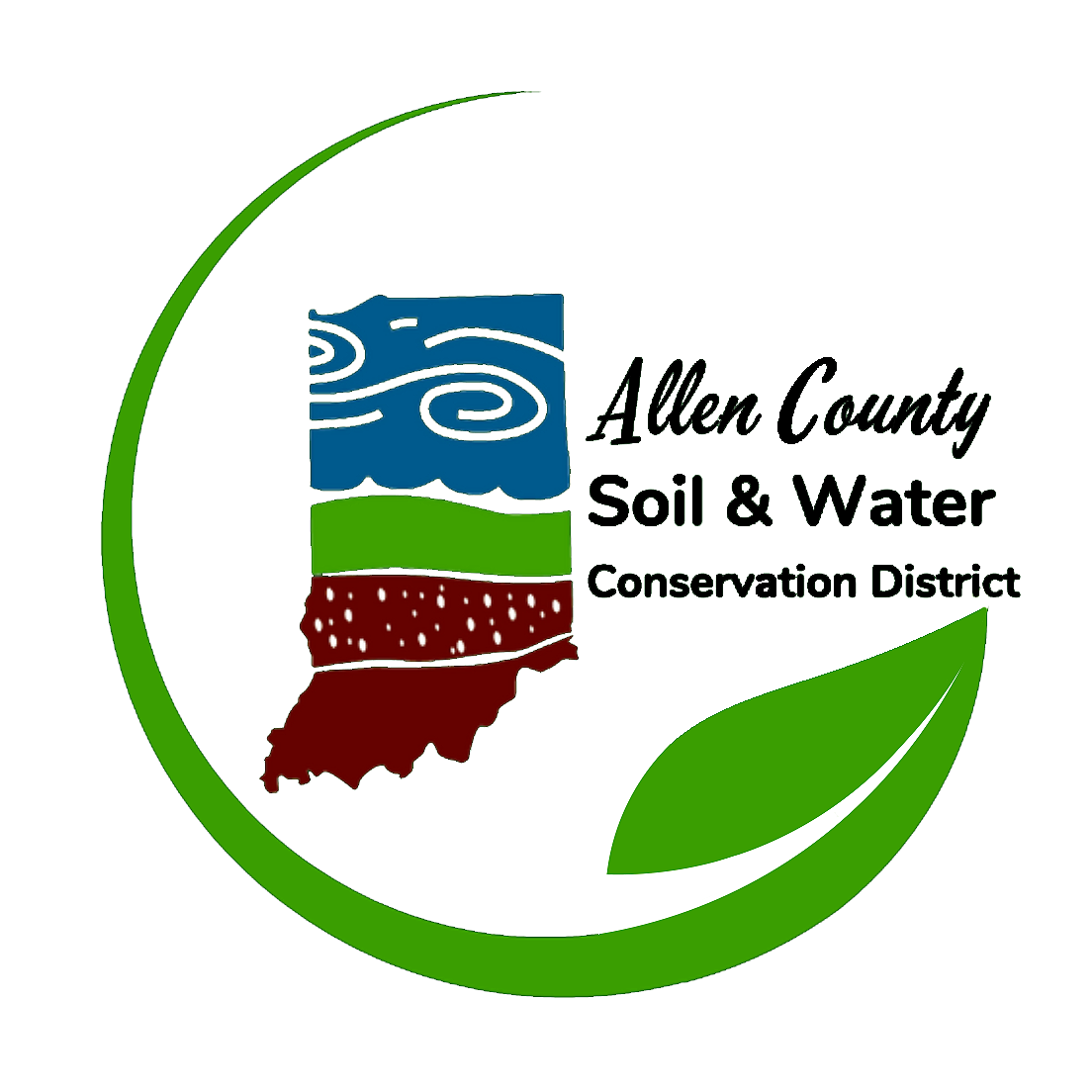Flatrock/Auglaize Watershed Management Plan
The Steering Committee and staff have been collecting information about the Flatrock/Auglaize watershed and comparing it to the List of Concerns that the Steering Committee and Technical Advisors developed in their first two meetings.
| Stakeholder Concerns | |
| Concerns | Relevance |
| Flooding | Corn and soybean fodder washing from fields plugging ditches. Unresolved issue of a limestone shelf in the Flatrock downstream of the Indiana/Ohio state line that holds back water. Lack of coordination between Indiana and Ohio drainage authorities contributes to flooding problems. |
| Log Jams | Log jams in Ohio hold back water in the Flatrock Creek and cause flooding. |
| Stream/Ditch Bank Erosion | Prevalent throughout the watershed especially in areas where stream/ditch banks are subject to flooding. |
| Need for more Water Quality Research | Two sub-watersheds have their headwaters in Ohio and the contribution to poor water quality from the Ohio area is unknown. |
| Lack of Water Quality Education/Outreach | Residents unaware of resource concerns. No materials/activities to date specifically addressing the project area. |
| High E. coli Levels | Historic water quality data collected at Sample Site 401 identifies 34% of E.coli reading exceed the water quality target level. |
| High Turbidity Levels | Historic water quality data collected at Sample Site 401 identifies 100% of Turbidity readings exceed the water quality target level. |
| High Phosphorus Levels | Historic water quality data collected at Sample Site 401 identifies 79% of Total Phosphorus readings exceed the water quality target level. |
| Faulty Septic Systems | Failing systems. Older homes where waste is piped straight to the streams/ditches. |
| Excessive Nutrients entering Streams/Ditches | Runoff from farmland where manure has been land applied. Livestock access to open water. Faulty septic systems. |
| Excessive Sediment in Water Column | Unbuffered agricultural runoff. Eroding stream/ditch banks. |
| Lack of Filter Strips | Unbuffered agricultural runoff. Eroding stream/ditch banks. |
| No Residue/Cover on Ag Fields | Only 10% of fields are in no-till/cover crops. |
| Unbuffered Tile Field Inlets | Tile field inlets provide a direct conduit for sediment and other pollutants to flow directly into the tile system. |
| Barnyard Runoff | Stormwater picks up pollutants from barnyards and carries them to open water. |
| Stream/Ditches Listed as Impaired by IDEM | 303d listed segments for nutrients and impaired biotic communities. |
A Windshield Survey was completed in April of 2020. Just like it sounds, windshield surveys are done from a vehicle. This type of data collection is useful for verifying digital information and for pinpointing problem areas. Teams of two to three people drove every road in the project area looking for evidence of the concerns listed by stakeholders and technical advisors. The primary concerns that were identified are listed in the table below.
2020 Windshield Survey: Primary Concerns
| County | Total # of Points Observed | Log Jams | Bank Erosion | Flooding | Unbuffered Field Tile Inlets |
| Allen | 180 | 1 | 77 | 3 | 117 |
| Adams | 130 | 0 | 3 | 0 | 182 |
| Paulding | 27 | 4 | 5 | 1 | 4 |
| Van Wert | 21 | 0 | 1 | 0 | 15 |
| Total | 358 | 5 | 86 | 4 | 318 |
Windshield Survey: Other Observations
Numerous sites lack adequate filter strips adjacent to streams/ditches.
Invasive species were observed at a limited number of sites.
Illegal dumping was observed at a limited number of sites.
Improper application of livestock manure was observed at a limited number of sites.
Few sites were observed where flooding has impacted property long-term.
The project team will continue to investigate all of the items on the stakeholder List of Concerns and report back on their findings.
